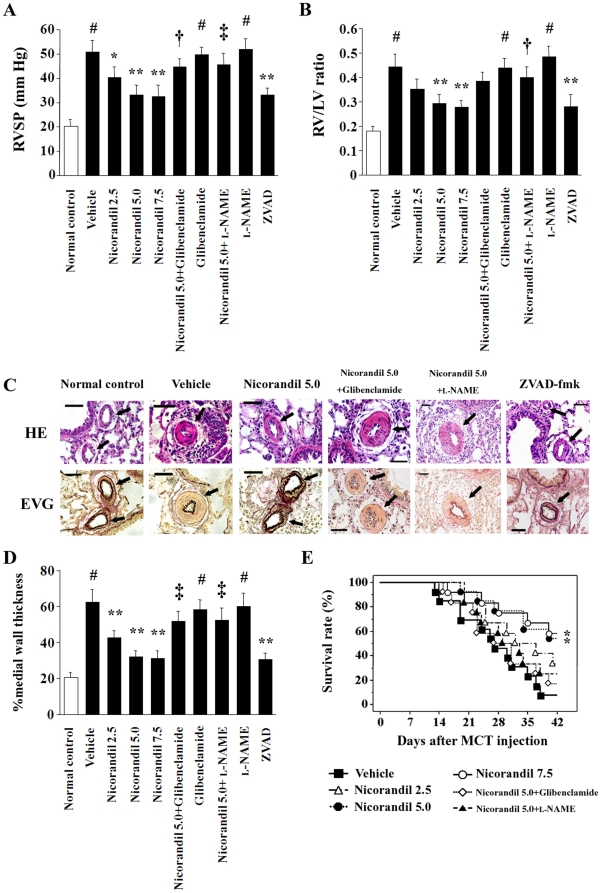Figure 1. The effects of nicorandil in the prevention protocol.
The RVSP (A) and the RV/LV ratio (B) 28 days after MCT injection are shown. Treatment with nicorandil and ZVAD-fmk attenuated the MCT-induced increase in both these parameters, while these effects of nicorandil were blocked by glibenclamide and l-NAME. Each group comprised 8–10 rats. # P<0.01 vs. normal control; * P<0.05 and ** P<0.01 vs. vehicle; † P<0.05 and ‡ P<0.01 vs. nicorandil (5.0 mg·kg−1·day−1). (C) Histological findings of the PAs (arrows). Top, hematoxylin and eosin (HE) staining; bottom, elastic Van Gieson (EVG) staining. Scale bar, 50 µm. (D) MCT markedly increased the percent medial wall thickness of the PAs (#), and nicorandil and ZVAD-fmk attenuated MCT-induced medial wall thickening (**). In contrast, the effects of nicorandil were inhibited by glibenclamide and l-NAME (‡). (E) Survival analysis in the prevention protocol. Each group comprised 12–13 rats. * P<0.05 vs. vehicle.

